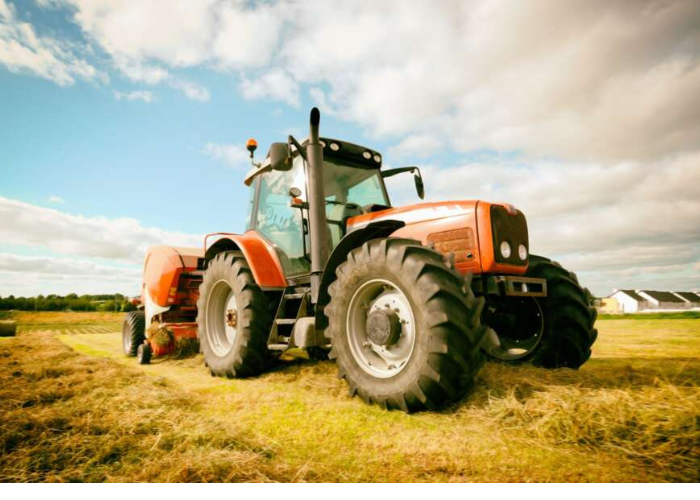Agriculture, the disappointment of the Cap: the rigid standards and the frustrations of the production chainsBY ANTONIO PICASSO
- 9 April 2024
- Posted by: Competere
- Category: Senza categoria

The common agricultural policy does not work, concessions show that pro-environment sentiment in Brussels is geared towards meeting an electoral basin
Insufficient. This is the opinion shared by farmers and environmentalists, a little ’ from all over Europe, on the revisions of the Common Agricultural Policy (CAP), proposed by the EU Commission and approved by the European Council’s Special Committee on Agriculture on 26 March. Concessions have shown that pro-environmental sentiment in Brussels, expressed with the Green Deal, is far from sincere, but instrumental and oriented to satisfy one electoral basin rather than another.
EXTREMIST CURRENTS
If before, in fact, it was the environmental world that occupied a privileged place in the heart of the Commission, today it is farmers who receive equal and opposite attention. It is certainly not their ability to block the European district, with their tractors, but the risk that they will feed the consent of the most anti-EU currents, anti-establishment and extremists that, between France, Germany and Poland – Italy only partially – are expected to emerge strengthened by the June vote.
Net of political exploitation, however, why is Pac not good? Because, despite the name, it is not a real industrial policy, capable of transforming the agricultural sector and making it truly competitive.
THE HOLDING ON THE MARKET
Net of the fact that agriculture is the first item of the EU budget, the approved concessions concern greater administrative flexibility, the creation of a “ price observatory ” and the extension to the obligation to leave a part of the cultivated land uncultivated in order to regenerate the wealth of the soil. Farms, especially the smaller ones, had been complaining for months that the combined bureaucracy arrangements, financial speculations (also linked to the Russian-Ukrainian war) and policy greens were an insurmountable obstacle for their keeping on the market.
The objection is true. The ideological approach adopted by the Green Deal has generated frustrations and resentments within most European production chains. Linked not only to domestic issues, but also – for example – to the import of raw materials from non-EU markets.Rules such as the Eudr, contrasting products related to deforestation (from cocoa to palm oil, passing through timber and coffee), or such as Cbam, blocking industrial commodities such as steel and aluminum at the border often do not take into account existing sustainability practices and therefore, the legislator is tightening already rigorous standards in themselves. On the other hand, it is reasonable to assume that the productive forces could have anticipated EU policies.the legislator is tightening already rigorous standards in themselves. On the other hand, it is reasonable to assume that the productive forces could have anticipated EU policies.the legislator is tightening already rigorous standards in themselves. On the other hand, it is reasonable to assume that the productive forces could have anticipated EU policies.
THE PROBLEM OF FRAGMENTATION
The urgency of climate change has been talked about for decades. A preventive action, made of investments and productive conversions, born in the belly of companies, would have had the double result of avoiding the ongoing ideological dialectic, with the consequent ball throws excessively forward by the institutions. Unfortunately, in this case, myopia is not only a defect in sight, but a structural one in the agricultural world. There is a problem of fragmentation and underdimensionality that has prevented the birth of strategies and vision from below. The same protests arise from different reasons. French farmers contest the import of food under-cost from non-EU markets. The Germans are against the stop of fuel subsidies. The Poles, in turn, are affected by the entry of Ukrainian and Russian wheat,which for the record continues to arrive at our house.
FAKE NEWS ON AGRICULTURE
Then think about the size of these companies. Italian agriculture, for example, is mostly made up of individual or family farms, engaged on average plots of about 11 hectares. Equally small are the farms. There are 45 cattle on average present in the Italian stables. This, on the one hand, refutes fake news on intensive agriculture, on the other hand, however, raises many doubts. How is access to credit possible for them? So invest and grow? How can you be competitive with respect to Asian or US agriculture? And to guarantee the food security of the continent? Questions that Brussels tends not to ask.
.
The article was published in italian on Il Riformista >>>
Image credits: courtesy of Il Riformista >>>
